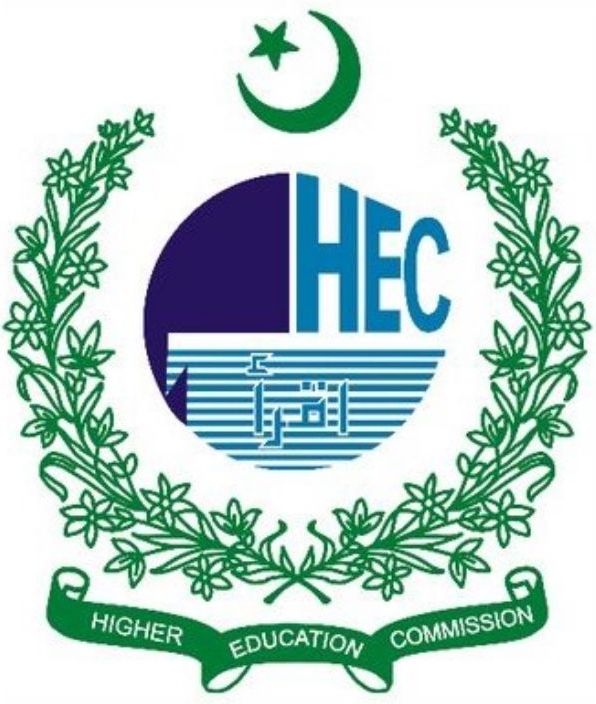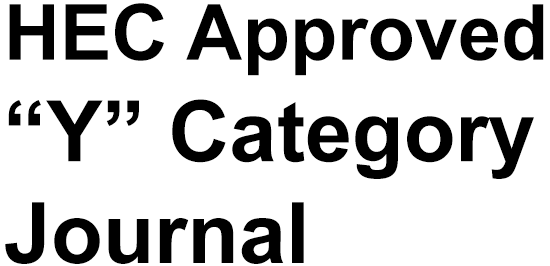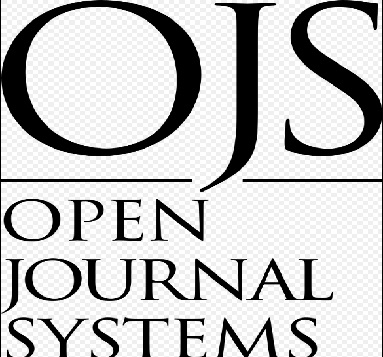Economic and Industrial Development Strategies in Pakistan – Environmental Trade-Offs
DOI:
https://doi.org/10.63056/ACAD.004.03.0694Keywords:
Ecological Modernisation , Path Dependent Carbon Lock In , SWOT/EETH , Institutional Diagnostics , Continuous Emissions Monitoring Systems (CEMS) , Carbon Border Adjustment Mechanism (CBAM)Abstract
Rapid industrialization, driven by flagship initiatives such as the China-Pakistan Economic Corridor (CPEC) and the dominance of textile exports, has generated foreign exchange and employment in Pakistan; however, it has also intensified air, water, and carbon externalities. This article employs a mixed-methods desk review, institutional SWOT/EETH analysis, and comparative case studies (Bangladesh and Germany) to examine the trade-offs between growth and ecological integrity. Evidence shows that (i) 8.2 GW of CPEC coal capacity now accounts for roughly two-thirds of corridor power output, (ii) Lahore ended 2024 as the world's most polluted city, and (iii) brickkiln crackdowns remain episodic despite 209 kiln demolitions in 2024. Structural drivers include fiscal incentives that overlook externalities, chronic underfunding of environmental agencies (≈ approximately 0.003 % of GDP), and fragmented compliance systems. A green industrialization framework is proposed, centered on energy diversification, circular economy incentives, independent Environmental Impact Assessment (EIA) audits, and targeted finance for SMEs.
Downloads
Published
Issue
Section
License
Copyright (c) 2025 Dr. Irfan Ullah, Javed Iqbal, Sumayya (Author)

This work is licensed under a Creative Commons Attribution 4.0 International License.












